- No products in the cart.
Larigama 2ml injection ampoules 10 pcs
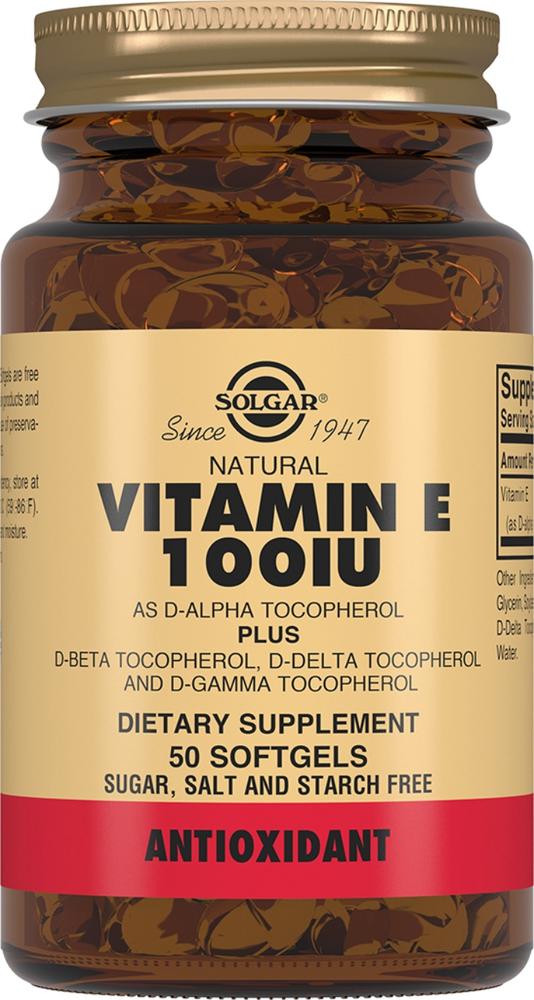
Solgar Vitamin E capsules. 560mg 100me 50 pc
$16.53
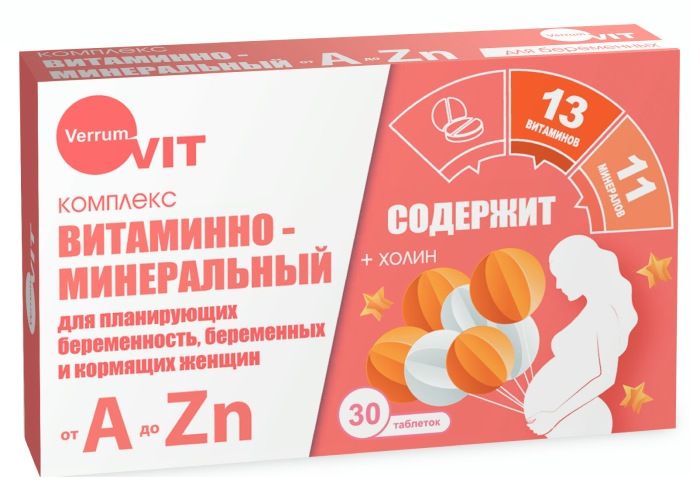
Verrum-vit vitamin-mineral complex of zinc and up tab for planning pregnancy pregnant and lactating women 30 pcs WTF
$6.68
$10.97
Larigama 2ml injection ampoules 10 pcs
Description
Composition
Active substance:
Pyridoxine hydrochloride 50 0 mg
Thiamine hydrochloride 50.0 mg
Cyanocobalamin 0.5 mg
Lidocaine hydrochloride 10.0 mg
Excipients:
Benzyl alcohol 20.0 mg
Sodium polyphosphate 10.0 mg
Potassium hexacyanoferrate (III) 0,1 mg
Sodium hydroxide solution 10 M to pH 4.0 – 5.0
Water for injection ad 1 ml
Description:
Clear liquid from red to pinkish-red color and odor.
Product form:
Solution for intramuscular administration.
In 2 ml ampoules of colored glass.
Of 10 vials in blisters of polyvinyl chloride or polyethylene terephthalate film with a polymer film or lacquered aluminum foil, or without a polymeric film and aluminum foil patent or in the form of cardboard with cells for stacking ampoules.
Together with instructions for use and a lancet ampoule, ampoule or without pricking device in a stack of cardboard.
Contraindications
– increased sensitivity to the drug;
– acute heart failure, chronic heart failure decompensation;
– Children up to age 18 years (effectiveness and safety have been established);
– during pregnancy and breastfeeding.
Dosage
50 mg + 50 mg + 0,5 mg + 10 mg / ml
Indications
In the treatment of:
– mono- and polyneuropathies various genesis;
– dorsalgia;
– plexopathies;
– sciatica;
– radicular syndrome caused by degenerative changes of the spine.
Interaction with other drugs
B vitamins
Vitamin B1 (thiamine) completely dissolves in solutions containing sulfites. As a consequence, the products of the disintegration of thiamine inactivate the actions of other vitamins. Thiamine is incompatible with oxidizing and reducing compounds, including mercury chloride, iodide, carbonate, acetate, tannic acid, iron ammonium citrate, as well as phenobarbital, riboflavin, benzylpenicillin, dextrose and sodium metabisulphite. Copper accelerates the destruction of thiamine; Moreover, thiamine loses its effectiveness with increasing pH (more than 3).
Therapeutic doses of vitamin B6 (pyridoxine) weaken the effect of levodopa (antiparkinsonian action it decreases), while the application. Also, there is interaction with cycloserine, penicillamine, isoniazid.
Vitamin B12 (cyanocobalamin) is not compatible with the ascorbic acid, salts of heavy metals.
lidocaine
For parenteral administration of lidocaine, in the case of the additional use of epinephrine and norepinephrine, may increase adverse reactions to the heart. Also, there is interaction with sulfonamides. In the case of overdose mestnoanesteziruyu-
means boiling can not be further used epinephrine or norepinephrine.
Overdose
Symptoms: vomiting, bradycardia, arrhythmia, possible systemic reactions, including dizziness, confusion, convulsions.
Treatment: in case of overdosage symptoms of drug treatment should be discontinued, assign symptomatic therapy if necessary.
pharmachologic effect
Pharmacological group:
B vitamins + other drugs.
Pharmacodynamics:
The combined multivitamin preparation. Effect of the drug is determined by the properties of vitamins, vhodya-
conductive in its composition. Neurotropic B vitamins have a beneficial effect on inflammatory and degenerative diseases of the nervous system and the musculoskeletal system.
Thiamine (vitamin B1) plays a key role in the processes of carbohydrate metabolism that are crucial metabolic processes in nervous tissue (participates in the nerve impulse), and in the Krebs cycle with subsequent participation in the synthesis of thiamine pyrophosphate (TPP) and adenosine triphosphate (ATP).
Pyridoxine (vitamin B6) has a vital influence on the metabolism of proteins, carbohydrates and fats, is necessary for normal hematopoiesis, the functioning of the central and peripheral nervous system. Provides synaptic transmission, braking processes in the central nervous system (CNS), is involved in the transport of sphingosine, a component of nerve membranes, is involved in catecholamine synthesis.
Physiological function of both vitamins (B1 and B6) is a potentiation of each other, which manifests itself in a positive impact on the nervous, neuromuscular and cardiovascular systems.
Cyanocobalamin (Vitamin B12) involved in the synthesis of nucleotides, is an important factor in the growth, blood formation and development of epithelial cells; It is necessary for folate metabolism and myelin synthesis.
Lidocaine has a local anesthetic effect at the site of injection, dilates blood vessels, contributing to the absorption of vitamins. Local anesthetic effect of lidocaine is due to blockade of voltage-gated sodium channels, which prevents the generation of pulses on the nerve fibers.
Pharmacokinetics:
thiamin
Following intramuscular administration of thiamine is rapidly absorbed from the injection site and enters the blood (484 ng / ml after 15 minutes on the first day of dosing 50 mg) and unevenly distributed in the body when its content in leukocytes of 15% red blood cells of 75% and plasma 10 %. In the absence of significant reserves of the vitamin in the body, it must be ingested daily.
Thiamine penetrates the blood-brain and the placental barrier and is found in breast milk. Thiamine is excreted in the urine through the alpha phase of 0.15 hours, the beta phase – after 1 hour at the end (terminal) phase – for 2 days. The major metabolites are tiaminkarbonovaya acid Pyramin and some unidentified metabolites. Of all the vitamins, thiamine in the body is stored in the smallest quantities. An adult human contains about 30 mg of thiamine as thiamine pyrophosphate 80%, 10% thiamine triphosphate and the remaining amount as tiaminmonofosfata.
pyridoxine
After intramuscular injection of pyridoxine is rapidly absorbed from the injection site and distributed in the body, acting as a coenzyme after phosphorylation CH2OH group in the 5-position. About 80% of the vitamin bound to plasma proteins. Pyridoxine is distributed throughout the body, crosses the placenta, it is found in breast milk. Stored in the liver and is oxidized to 4-pyridoxine acid which is excreted by the kidneys after a maximum 2-5 hours after absorption.
The human body contains 40-150 mg of vitamin B6 and its daily elimination rate of about 1,7-3,6 mg at 2.2-2.4% fill rate.
cyanocobalamin
Cyanocobalamin after intramuscular administration binds to transcobalamin I and II, is transferred to the various
nye tissues. The maximum concentration after intramuscular administration is achieved through a 1 hr.
Communication with plasma proteins – 90%. Crosses the placental barrier, it is found in breast milk. It is metabolized primarily in the liver to form adenosyl cobalamin, which is the active form of cyanocobalamin. Deposited in the liver and the bile enters the intestine and re-absorbed into the blood (the phenomenon of enterohepatic recirculation). The half-life longer, derived mainly kidneys (7-10%) and in the intestine (50%). By reducing renal excreted by the kidneys – 0-7%, and through the intestine – 70-100%.
lidocaine
In intramuscular maximum plasma concentration of lidocaine is noted after 5-15 minutes after injection. Depending on the dose of the order of 60-80% of lidocaine bound to plasma proteins. Rapidly distributed (within 6-9 minutes) in organs and tissues with good perfusion, including heart, lung, liver, kidney, then in muscle and adipose tissue. Penetrates the blood-brain and the placental barrier, it is found in breast milk (up to 40% of the plasma concentration of the mother). It is metabolized in the liver microsomal enzymes involving the formation of active metabolites – monoetilglitsinksilidida glitsinksilidida and having a half-life of 2 hours and 10 hours, respectively. Metabolic rate is reduced in liver diseases.
Excreted mainly as metabolites kidneys and up to 10% unchanged.
Pregnancy and breast-feeding
Use of the drug is contraindicated during pregnancy and breastfeeding.
Conditions of supply of pharmacies
Prescription.
side effects
According to the World Health Organization undesirable effects are classified according to their frequency of as follows: very often (> 10% destinations); often (> 1% and 0.1% and 0.01%, and
Immune system: rare – allergic reactions (skin rash, shortness of breath, anaphylaxis, angioedema).
From the nervous system: the frequency is unknown – dizziness, confusion.
With the cardiovascular system: very rarely – tachycardia; the frequency is unknown – bradycardia, arrhythmia.
On the part of the gastrointestinal tract: the frequency is unknown – vomiting.
Skin and subcutaneous tissue disorders: very rarely – increased sweating, acne, pruritus, urticaria.
On the part of the musculoskeletal and connective tissue disorders: frequency not known – cramps.
General disorders and administration in place: frequency not known – can ozniknut irritation at the injection site; systemic reactions are possible with the rapid introduction or overdose.
With the rapid introduction (e.g., due to inadvertent intravascular injection or injection into the tissue with a rich blood supply) or at excess dose may develop systemic reactions, including confusion, vomiting, bradycardia, arrhythmia, dizziness and cramps.
If any of these instructions side effects are compounded, or if you notice any other side effects not mentioned in the instructions, tell your doctor.
special instructions
The drug should be administered only intramuscularly, not allowing him to enter the bloodstream. In case of accidental intravenous injection of the patient must be under the supervision of a doctor or be hospitalized, depending on the severity of any symptoms.
The drug may cause neuropathy for prolonged use of more than 6 months.
The effect on the ability of control of vehicles and mechanisms
Information on the effect of the drug on the ability to drive vehicles, as well as the implementation of po-
potentially hazardous activities that require high concentration and psychomotor speed reactions, is missing.
However, we recommend caution, given the possibility of adverse drug reactions.
Storage conditions
Store at 2 to 8 degrees.
Keep out of the reach of children.
Dosing and Administration
Injection is performed by deep intramuscular (see. Section “Special instructions”).
In cases of severe pain syndrome treatment is advisable to start with intramuscular injection (deep) in 2 ml daily for 5-10 days with the transition hereinafter either the intake or at a rare of injection (2-3 times per week for 2-3 weeks) treatment with a possible continuation of the dosage form for oral administration.
Requires weekly monitoring of therapy by a doctor. The duration of treatment is determined by physician individually depending on the severity of symptoms.
Going to therapy dosage form for oral administration is recommended in most soon as possible.
Information
Appearance may differ from that depicted in the picture. There are contraindications. You need to read the manual or consult with a specialist
Additional information
| Weight | 0.100 kg |
|---|---|
| Manufacturer | Grotex Ltd. |

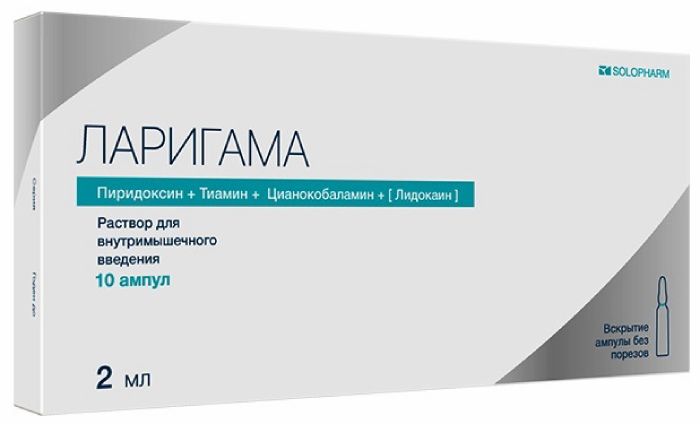
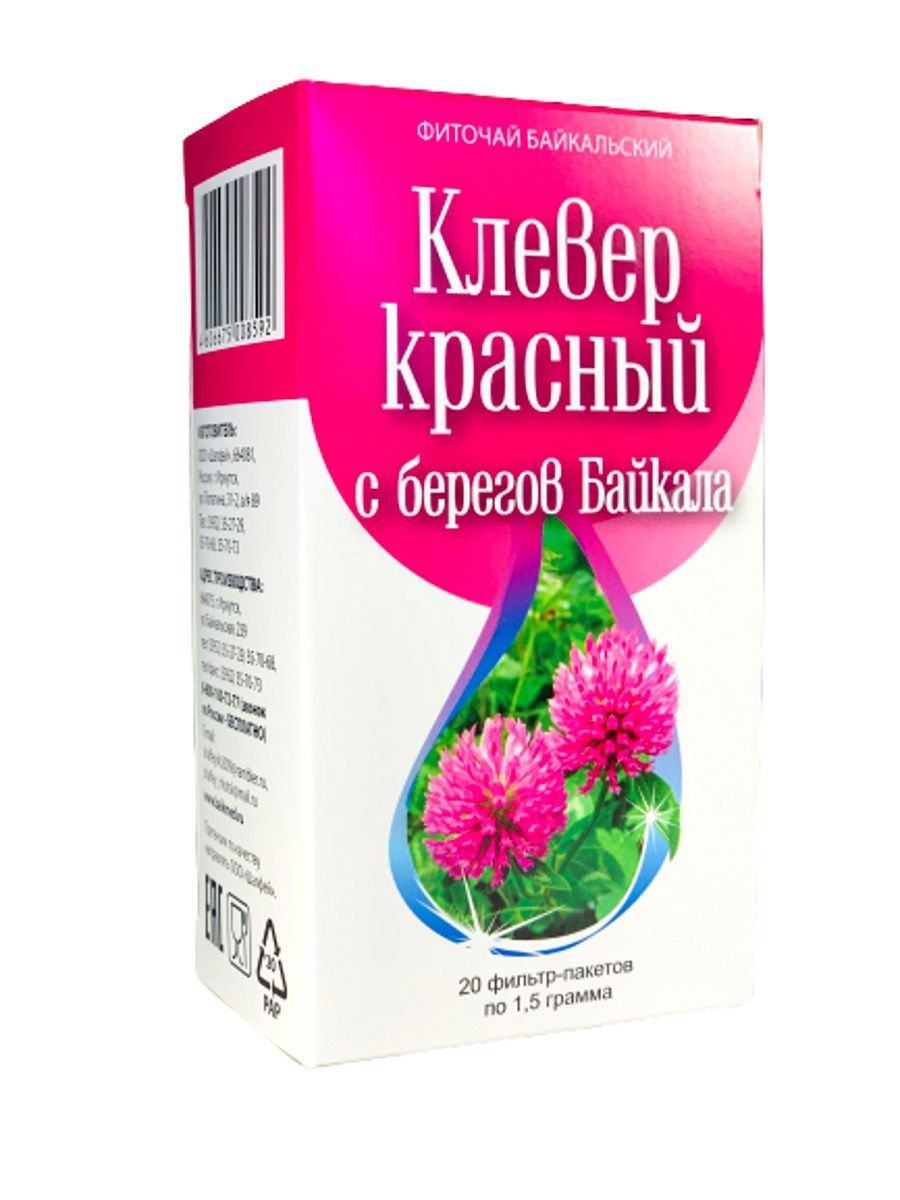
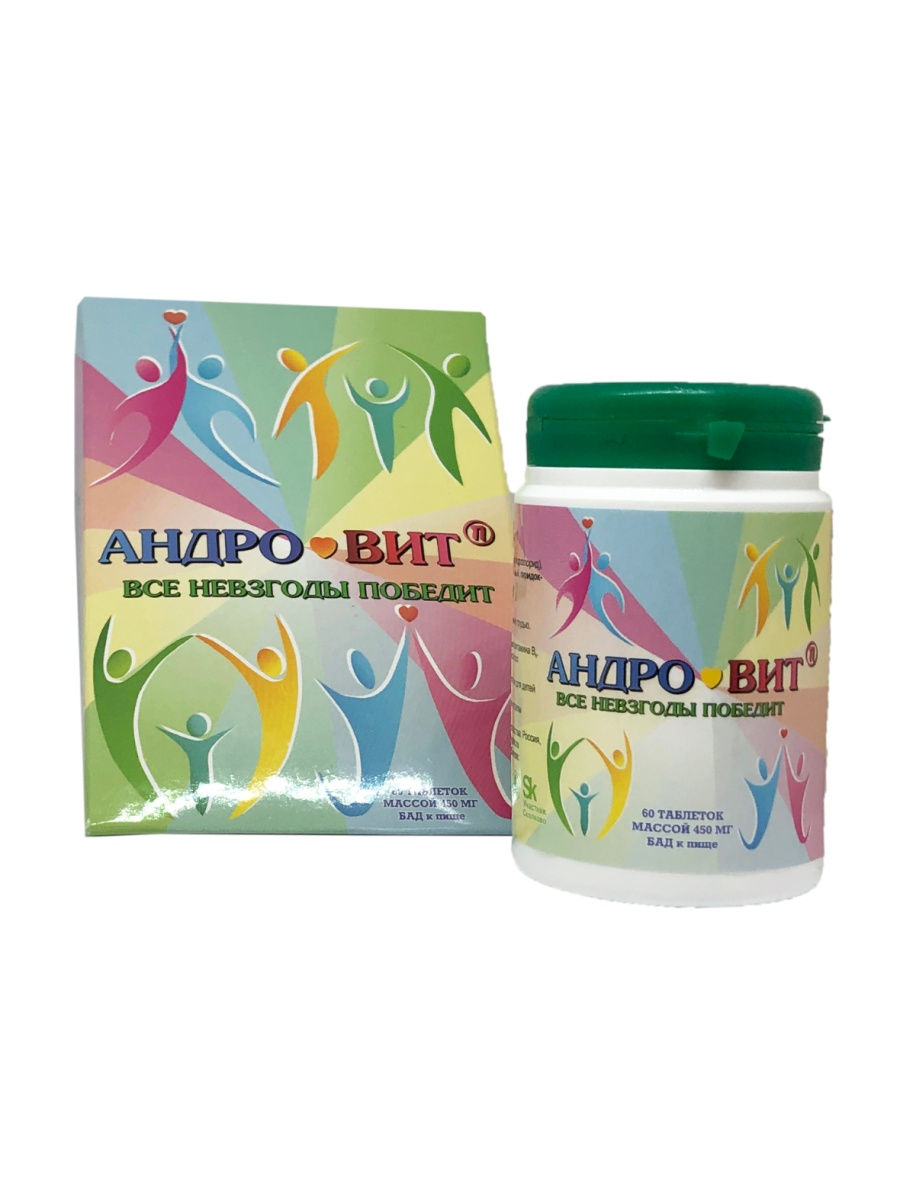
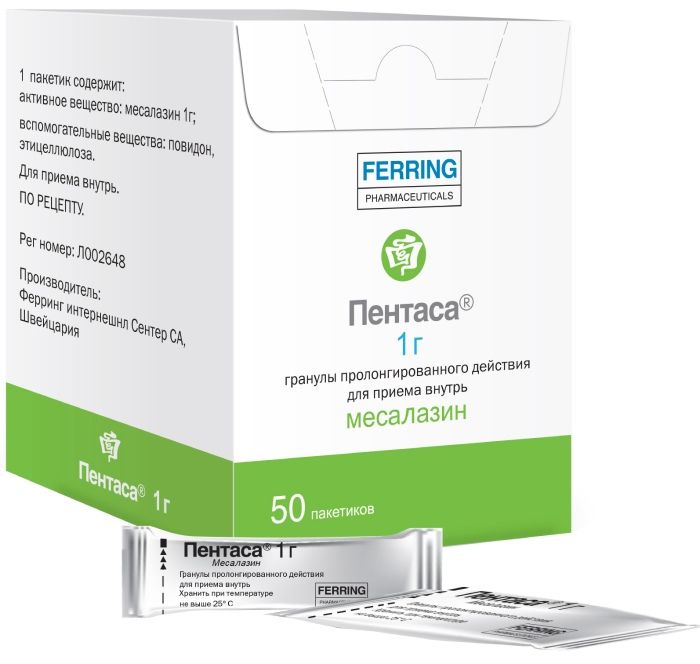

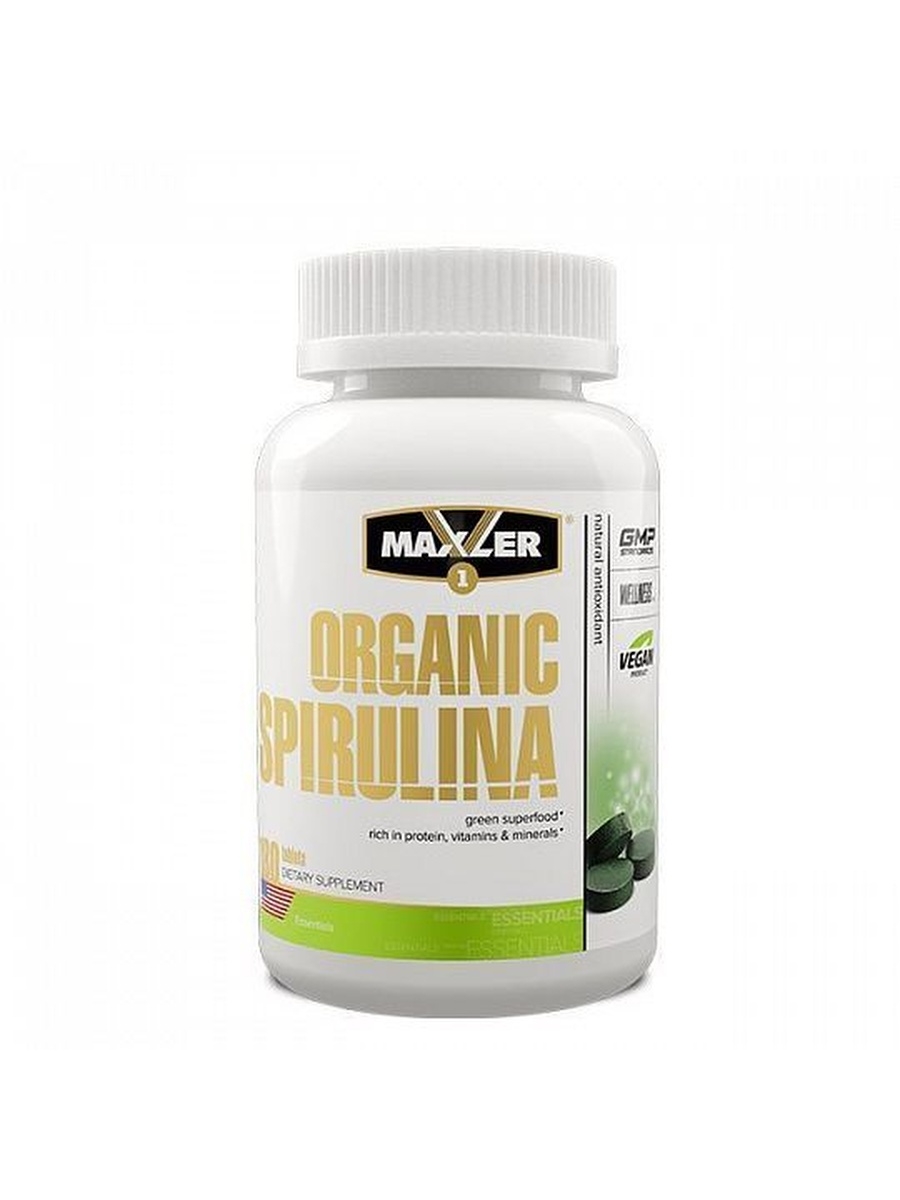
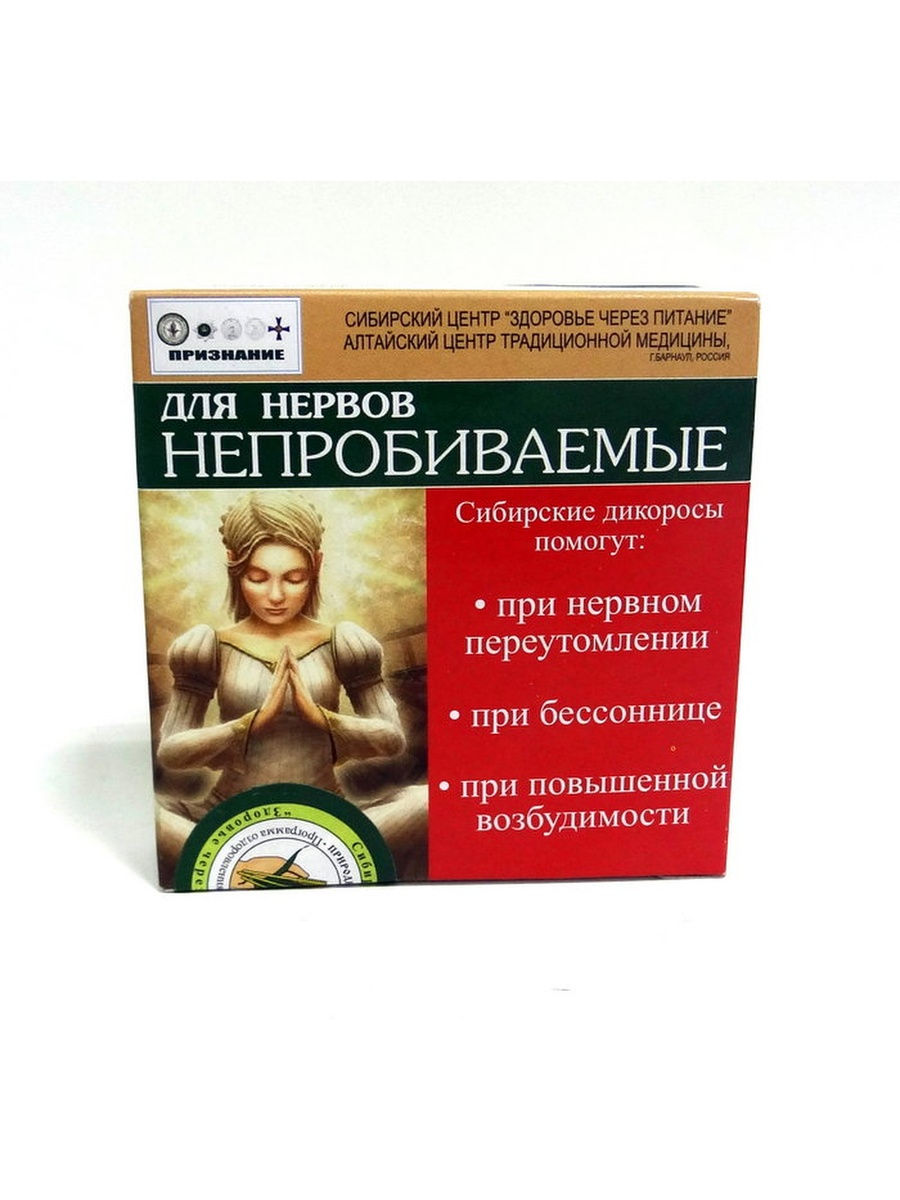




There are no reviews yet.